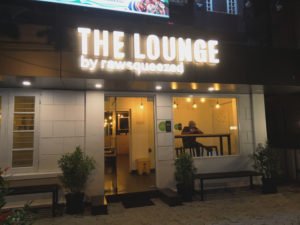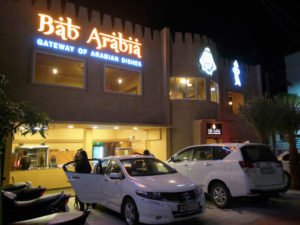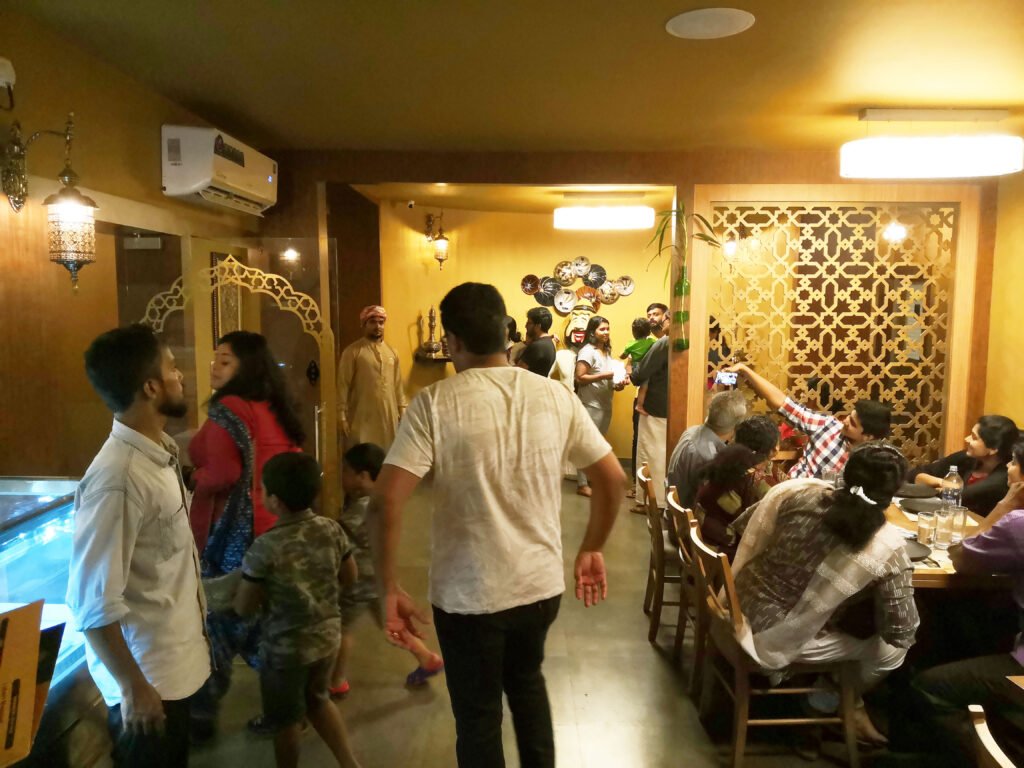
If there’s one sector that has remarkably evolved over the years, that would be the Food & Beverage Services (F&B) retail industry. The Indian Restaurants & Food Services Industry has been subjected to phenomenal growth for the past two decades and continues to grow at a rapid and healthy pace.
The CareRatings report on May 2019 says that the market size of the Indian F&B industry is around 3.7 trillion. It expects a CAGR growth of 10.4% for the next five years to reach 5.5 trillion by 2022. Major players in the F&B sector have established themselves in the metros and are expanding to the tier 2 & tier 3 cities, as there is huge market potential.
Trivandrum in its early days had limited fine dining options with fewer varieties. But the last five years saw a considerable change in the city’s F&B sector, with an explosion of food varieties and cuisines coming up. Major reasons for that are the growth of a highly aspirational middle-class community with high disposable income, urbanisation, growth of internet & advancements in technology.
Evolution of the ‘dine out’ culture
The eating-out culture in the city was uncommon in the early days. The early ’70s just had tea shops, which were mainly the gathering place of labourers and working men. The ’80s saw the growth of Indian Coffee House branches that served to be hangout destinations of the then youth. The late ’90s & early 2000s saw the growth of QSRs and eateries, that bought in major disruptions in Trivandrum’s eating habits. Saraswathy Nagarajan, a journalist working at The Hindu, writes extensively on lifestyle and food. She is also a native of the city and has closely observed how the F&B sector evolved here.
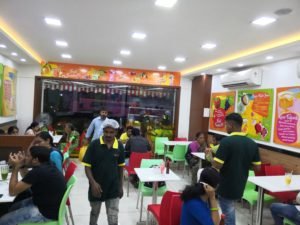
“I feel that Kalavara(the old one) & Ambrosia were the places that bought the dine-out culture to the city in the ’90s, which introduced a very different food culture in terms of menu, ambience, serving style. The last ten years saw an explosion of flavours in the city. And the two reasons for this are the growth of Technopark & a very mobile population, who travel around the world & bring back global ideas and cuisines. The popularity of small scale restaurants like Afsal, Vazhiyorakada, Usthad Hotel & Rajila in the city’s outskirts show how people are willing to drive far for good food. The city needs more of a specialised restaurant culture, that celebrate the diversity of ethnic Indian food & can cater to a mixed audience.” says Saraswathy.
The increasing popularity of ‘fine dining’
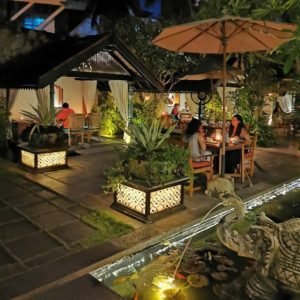
Growth of Quick Service Restaurants (QSR’s) & Niche Restaurants

Cafe Culture
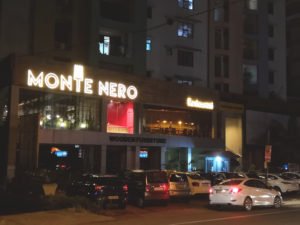
How about having scrambled eggs, waffles, french toast and sausages for breakfast at a place where one can also gather, relax, read a book or enjoy a song? The city has numerous options for people who wish to satisfy their occasional European cravings.
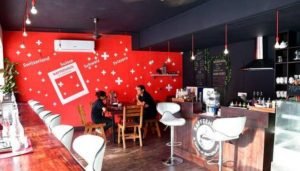
“The café culture among the crowd has boomed from being a ‘once in a while’ to ‘almost every day’, which indeed was a blessing in disguise. And Trivandrum being a city that accommodates multicultural and a speciality food-loving crowd, a European cafe is like a feather in its cap.” says Nimmy.
Changing food culture around Kazhakootam & Technopark
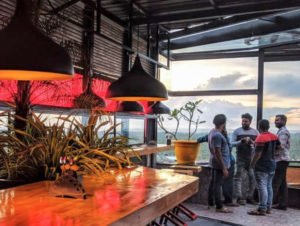
Upcoming trends in Trivandrum’s F&B sector
“The advent of food groups and delivery services did help sprout a number of joints. However, specialized places such as The Yellow Chilli, Gourmet House, Bab Arabia and, of course, Cafe Mojo have come up on top due to their focussed cuisine. The verdict of the Trivandrum public is simple: Give us specialized good cuisine. Quality in one type of food trumps a platter of many.” says Nithin.
